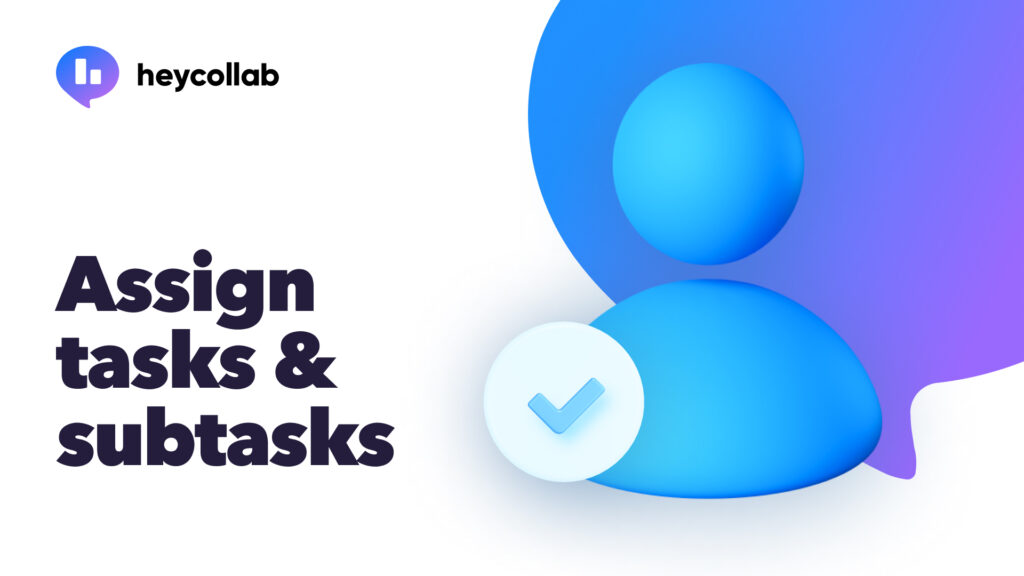Every professional and entrepreneur has been there.
Their agenda is stockpiled with tasks to the point they no longer what direction they’re being pulled. It’s the nature of work. Everybody seems to feel bad about doing too little, so as a result, they take on too much to overcompensate.
On top of that, some people love challenging themselves in attempts to climb the ladder to success. So, they push themselves beyond their limit.
In short, the workforce wants to feel like they’re earning their pay and then some. It’s definitely an ambitious, earnest, and conscientious approach to work. However, it’s not necessarily the most practical philosophy with regards to staying on track.
Though in many scenarios, some people don’t have a choice. Circumstances might dictate that you have to take on an enormous workload. Your workplace might be in disarray, or you might have taken on a whole host of new clients.
Whether it’s voluntarily taking on work, or having it all thrust upon you, the list of tasks and projects is still significant. And it’s not going anywhere unless you approach the whittling-down of that list systematically.
Such a disciplined strategy is way easier to discuss than it is to execute.
Fortunately, with the tips provided below, it’ll be possible to tackle even the most Herculean of work agendas.
Let’s get started, shall we:
Have Your Priorities in Order

So, your list of tasks and projects is making you have a low key emotional breakdown 24/7.
In these instances, it’s common to lose sight of the big picture, because it gets muddied up by minutiae that shouldn’t matter. You’ve been sent so off-kilter via an agenda that’s seemingly grown eight arms and an excess of sharp teeth. It’s tough to decipher what genuinely requires your attention from stuff that can wait.
You need to sit back, take a moment, and decide which of your projects have the most significance.
Rank your enormous list of work from top-to-bottom and focus primarily on the top three to five items. Since they have a high level of priority, you should complete them immediately. If, as a result, the other stuff gets neglected, it matters far less than the vital projects not receiving enough of your focus.
Assess your tasks via a quality versus quantity approach and remember that busy-ness doesn’t equate to being productive.
By putting the bulk of your efforts into important work, you’ll be focusing positive energy into what’s most crucial to you and your company’s success.
Taking it One Task at a Time

One thing that happens when your list of projects and tasks takes on a life of its own is that you’ll end up freezing, not knowing where to start.
It’s basic psychology. Without being well-versed in compartmentalization, such a work agenda can seem like an all-consuming blob.
Stop viewing your list as one massive thing, and instead of a sum of many parts. And as you begin honing into each component and removing it from the list, it will progressively shrink.
In other words, that list isn’t going to shrink all at once. Be content in chipping away at each smaller task. Some refer to this method as the “chunking” method.
You can even double-down on this approach on a per-task basis. Say you write a weekly 1,000-word blog for your company. You can break that one task down into various smaller jobs.
So, maybe on Monday, you can do forty minutes of research. Then on Tuesday, you can spend an hour writing 500 words. On Thursday, you can spend another hour writing 500 more words. On Friday, you can edit, re-read and send it.
You might be tempted to get the whole blog done at once. However, by spreading it out and being efficient, you were never placed into a crunch. You were also likely able to focus on more critical projects.
The worst thing you can do when you have a massive load of work on your plate is an attempt to do the impossible. Be realistic, and poke away, while remaining tuned into the specific task at hand. This way, your list of to-dos will stay manageable as opposed to horrifying.
Consistency is King

All the coaching, strategizing, and analyzing in the world won’t do you any good if you can’t remain consistent.
While that may seem like an obvious statement at first glance, let’s explore its meaning on a deeper level. Namely, what does consistency indeed mean?
Does it mean attacking your astronomical workload by putting in three seventy-hour weeks in a row so it can be over and done with?
Absolutely not. Sure, it might come across as impressive to put forth such an effort, but it’s – for most people – completely unsustainable. Specifically, it’ll lead to burnout, which is proven to hamper productivity.
Furthermore, working unsustainably by definition means you aren’t being consistent.
Consistency is finding that sweet spot between too much and too little. Where you can steadily knock those items off your list without working yourself to the absolute bone. Yes, you must put your best foot forward, but always remember that you’re only human. The work will get done when you’re able to get it done—it’s as simple as that.
Naturally, this tip also relies on you staying on track. If you’ve prioritized a given project and set a firm deadline, don’t let it get sidetracked by something less meaningful. Keep your eyes on the prize and stay true to your approach. Otherwise, you’ll likely get knocked off the path of productivity and get swallowed up by your mounting list of tasks.
Be One with the Overflowing List of Tasks

The last tip we have is really quite simple. Stay cool and calm in the face of your unwieldy lists of tasks and projects. Accept it and get to chipping away at each item on that list.
Beyond that, consider utilizing a task management tool, such as Heycollab, to streamline your seemingly endless list of work efficiently.

